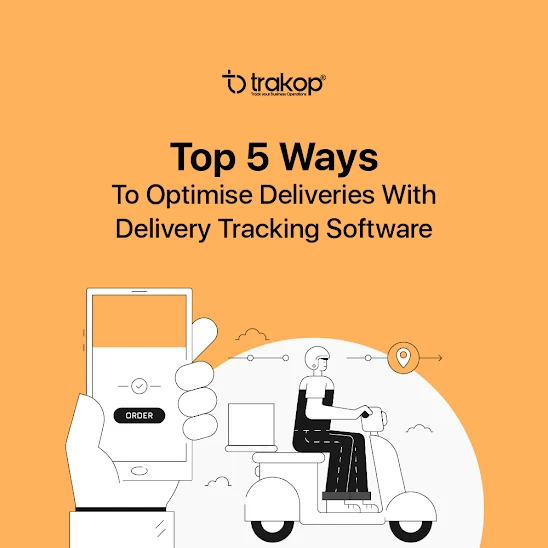Enhance your deliveries with the power of Delivery Tracking Software
Door-step deliveries have become quite popular in the past decade, especially after the COVID-19 pandemic, and last-mile deliveries being one of the most expensive parts of the entire retail supply chain it is important to optimize them. Optimizing deliveries include minimizing delivery costs, delivering orders accurately and timely, and being environmentally sustainable. Achieving this target can be difficult without using any delivery tracking software.
In this blog, we’ll discuss the ways in which you can optimize your deliveries using delivery tracking software.
- Auto-assign and auto-dispatch
Delivery tracking software allows business owners to create a delivery route, where the deliveries are to be done, and then assign delivery drivers to these routes. The orders are auto-assigned to the drivers according to the area from where the order is coming. The assigned orders are updated on the drivers’ application which makes it easy for them to pick the orders out for deliveries without any hassle. Auto-assign and auto-dispatch features of delivery tracking software ensure on-time in-full (OTIF) order fulfillment.
- Auto-route Optimization
Route optimization is a vital feature of the delivery tracking software that ensures on-time delivery hassle-free. The feature allows the business owner to create a master route for all the routes created by them which calculates the distance and creates the shortest delivery route. Doing so decreases the turnaround time and fuel usage which lowers the carbon emissions and the carbon footprinting.
- Live tracking and ETA
The software allows customers and business owners to track their orders in real-time and calculate delivery driver efficiency simultaneously. The system analyses the delivery distance and obtains the ETAs that are provided to the customers. Being able to track the order with precise ETAs enhances the customer experience and improves customer satisfaction scores (CSAT).
- Direct communication
Telematic technology used in delivery tracking software allows customers and delivery drivers to contact directly via call or message directly from the customer interface and the drivers’ application. This kind of direct communication is helpful in case of deliveries get late due to any unexpected event or the customer want to give any delivery instructions in the run time.
It is important to use a powerful platform to keep afloat in the competitive market. Delivery tracking software is a great tool that is used to automate and optimize your deliveries. If you are looking forward to scaling your business, delivery tracking software can help you, allowing you to focus on planning and strategizing rather than on deliveries. You can also discuss your business plan with our industry experts and see how we can help your business.


.jpeg)
Comments
Post a Comment